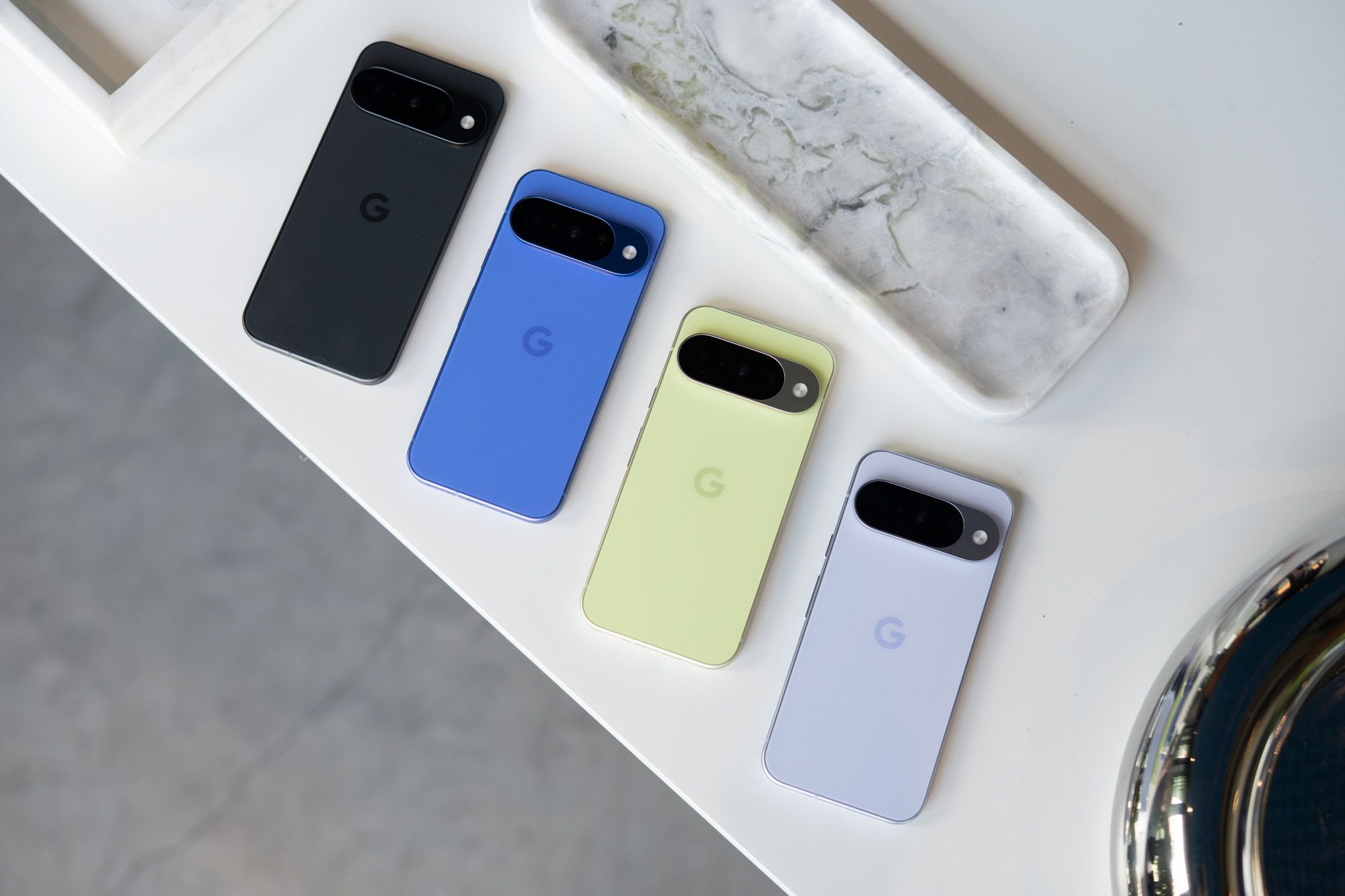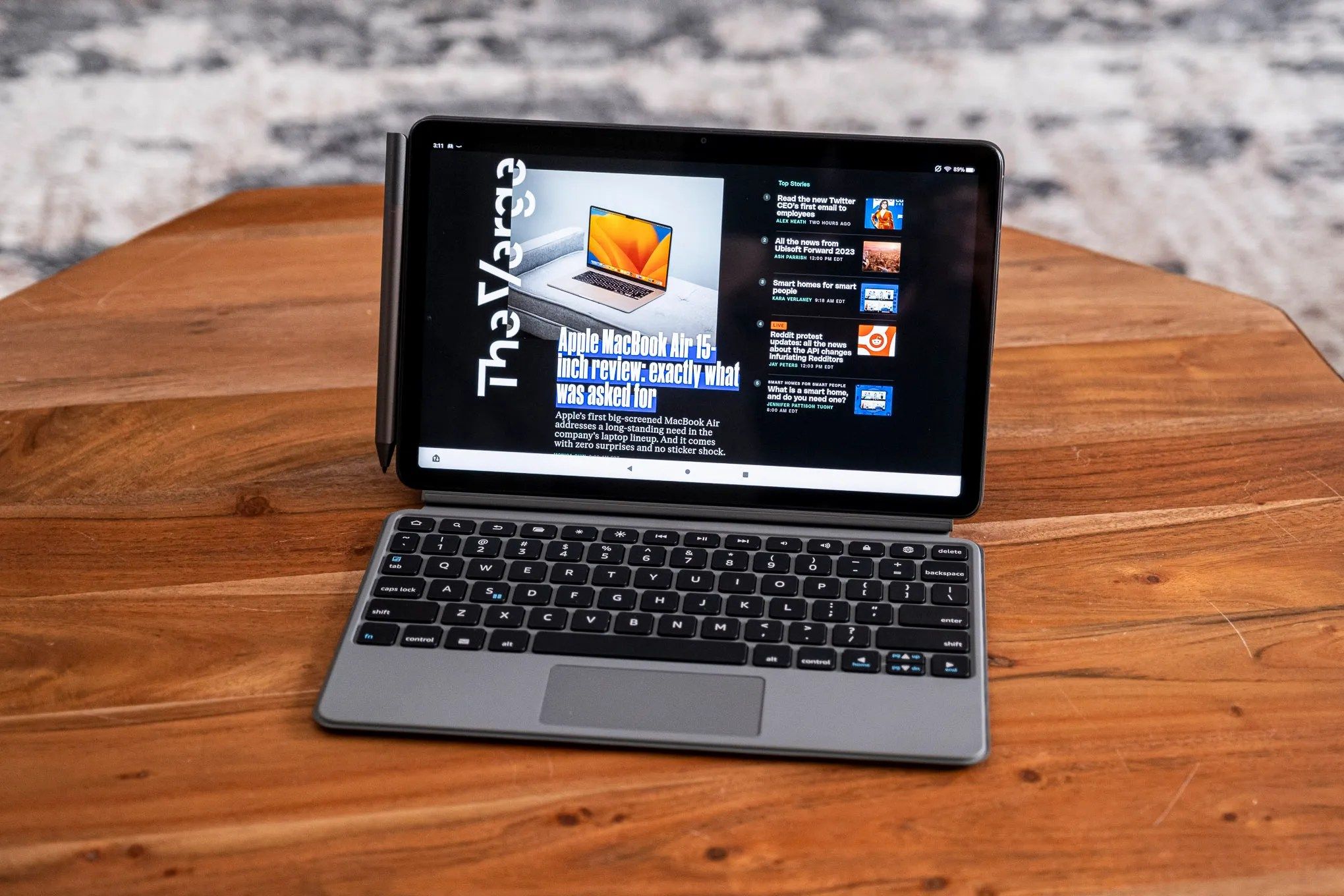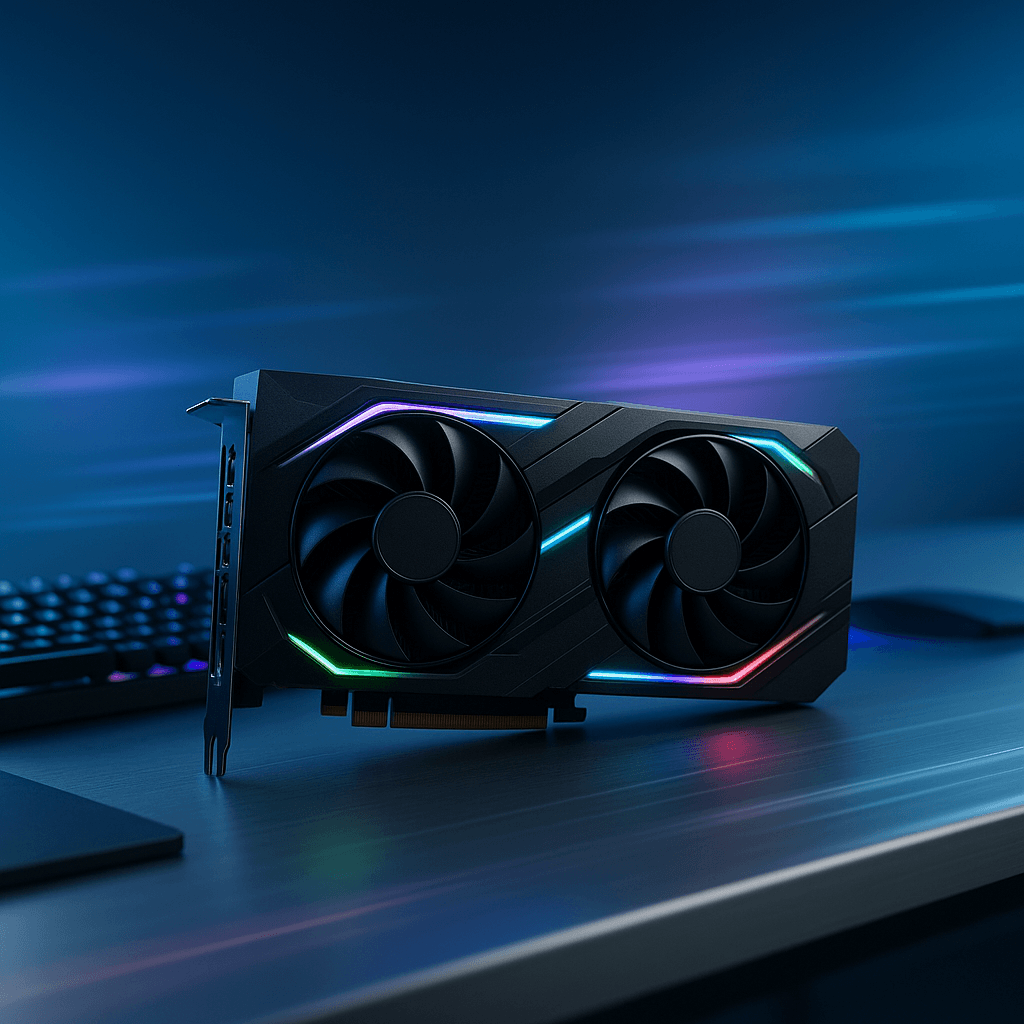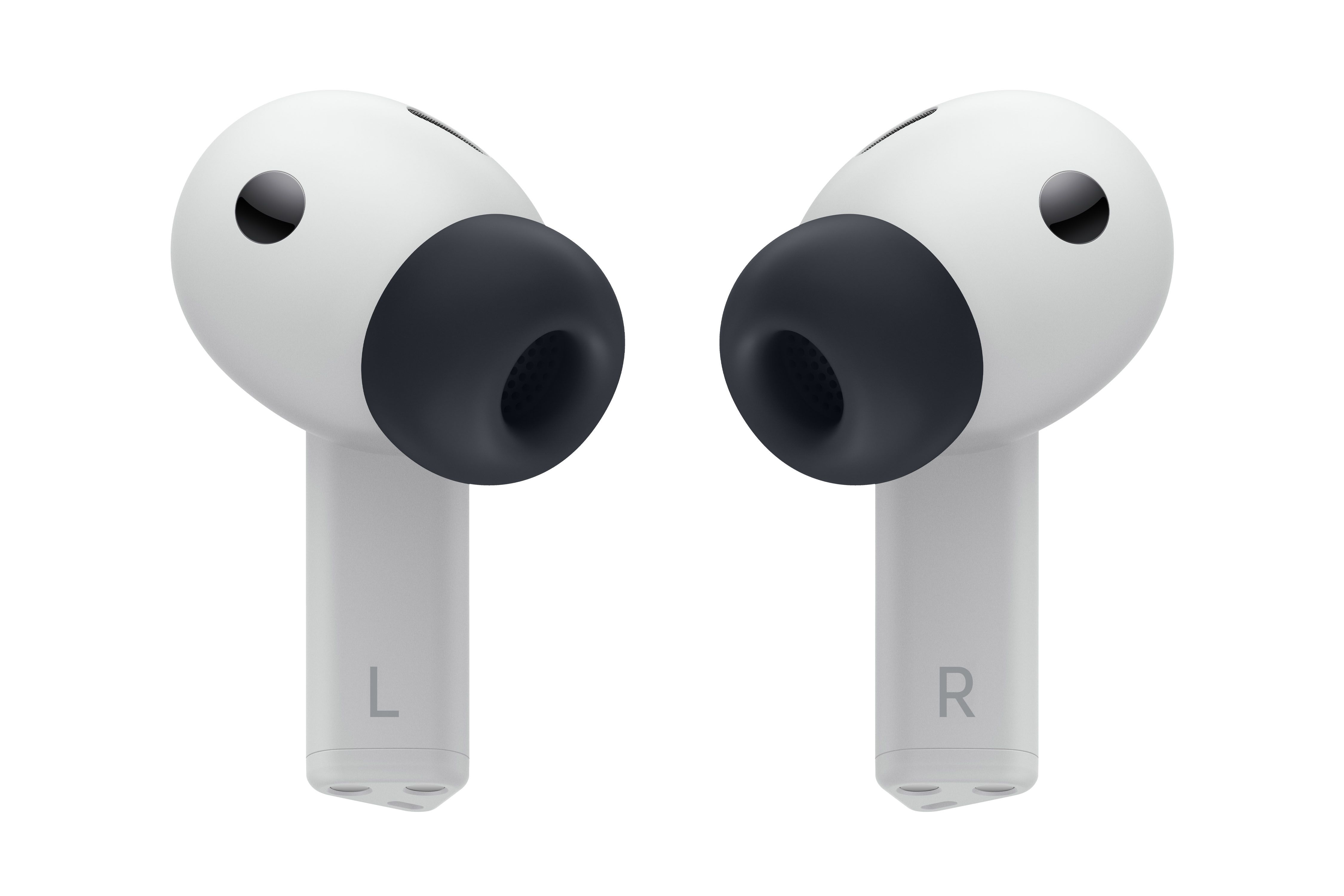Google opened preorders for its entire Pixel 10 generation following this week's Made for Google event. The four-phone lineup features the new Tensor G5 processor, seven-year software support, and aggressive carrier deals. With shipping starting August 28th, buyers face a complex pricing matrix across multiple models and storage tiers.
Google just threw the smartphone market into preorder frenzy. The company's freshly announced Pixel 10 generation is now available for purchase, with three models shipping August 28th and the foldable arriving October 9th. But navigating the pricing maze requires serious homework. The Pixel 10 starts at $799 for 128GB, while the Pro Fold tops out at $2,149 for 1TB storage. That's a $1,350 spread across four distinct devices, each targeting different user needs and budgets. Amazon, Best Buy, and Google's own store are all taking orders immediately. The baseline Pixel 10 represents Google's most accessible flagship yet. Its 6.3-inch OLED display runs at 120Hz, powered by the new Tensor G5 processor that Google claims is 60% faster for AI tasks than its predecessor. The camera system packs a 48-megapixel main sensor, 13-megapixel ultrawide, and a new 10.8-megapixel telephoto lens. Battery life allegedly hits 30+ hours, with 0-55% charging in 30 minutes via 30W USB-C. Google's pricing strategy gets aggressive in the Pro tier. The Pixel 10 Pro at $999 includes 16GB RAM (versus 12GB in the standard model), Wi-Fi 7 support, and an Ultra-Wideband chip. Its camera system upgrades to 50-megapixel wide, dual 48-megapixel ultrawide and telephoto sensors, plus 8K video recording. The Pro also bundles a 12-month Google AI Plus subscription worth $240. Storage options span from 128GB to 1TB, with the top configuration hitting $1,499. The Pro XL pushes screen size to 6.8 inches while maintaining identical specs to the standard Pro. Starting at $1,199 for 256GB (no 128GB option), it supports faster 25W Pixelsnap wireless charging versus 15W on other models. Google claims battery life remains consistent despite the larger display. Google's third-generation foldable, the Pixel 10 Pro Fold, represents the company's most ambitious hardware yet. When closed, users get a 6.4-inch external display. Unfolded, it reveals an 8-inch internal screen with variable 1-120Hz refresh rates. The IP68 water resistance rating marks a significant durability improvement for foldable phones. Starting at $1,799, it ships nearly two months after its siblings. Carrier deals are reshaping the purchase equation entirely. offers the Pro "free" with any phone trade-in on Unlimited plans, while providing $1,000 toward the Pro Fold. gives away the base Pixel 10 with new line activation, plus up to $800 off Pro models with qualifying trade-ins. prices the standard model at just $7.99 monthly with no trade required. These deals fundamentally alter the value proposition, but lock customers into multi-year contracts with monthly payment obligations. The Tensor G5 processor represents Google's biggest chip improvement yet. Beyond the 60% AI performance boost, the company promises 34% faster overall performance compared to Tensor G4. All models support the new Pixelsnap wireless charging standard, with Qi2 certification ensuring broad accessory compatibility. Google's seven-year software commitment matches industry leaders, extending device lifecycles significantly. Market timing couldn't be better for Google. With expected to announce iPhone 16 next month and between Galaxy S cycles, the Pixel 10 lineup faces minimal flagship competition through fall 2024. Early preorder data will signal whether Google's aggressive pricing and carrier partnerships can capture meaningful market share.












